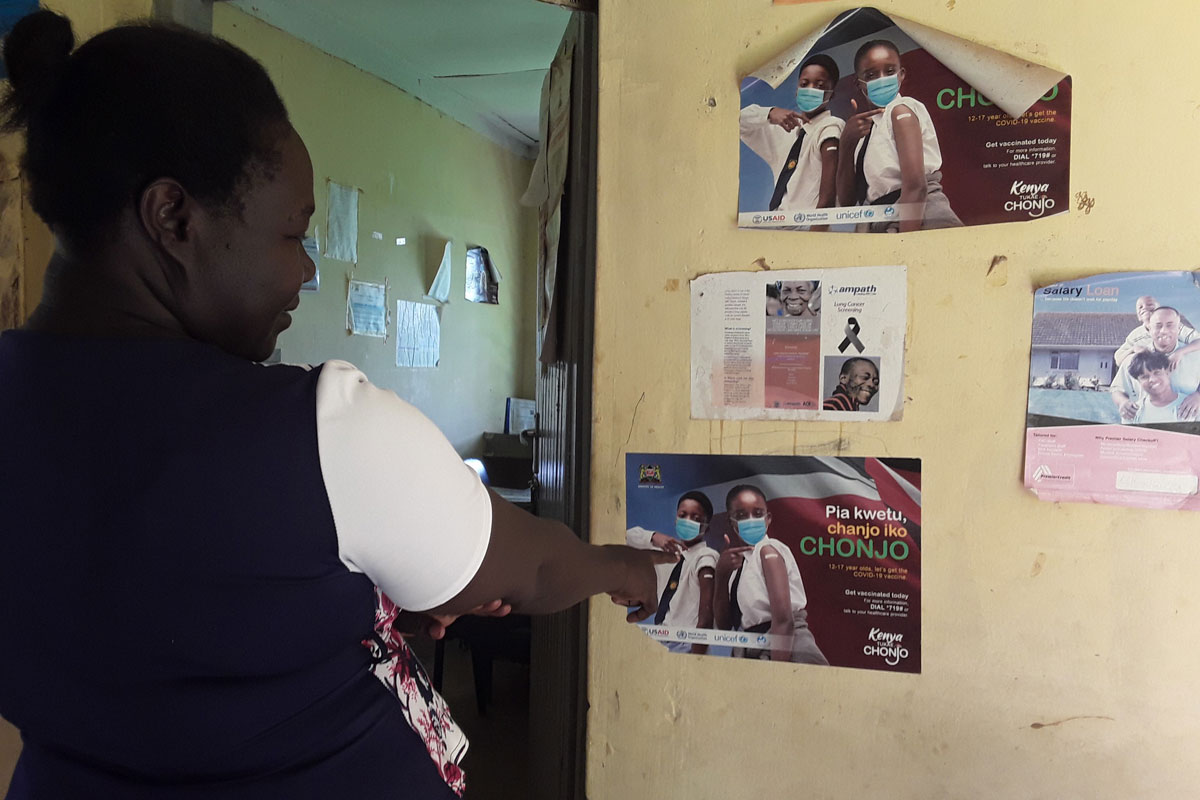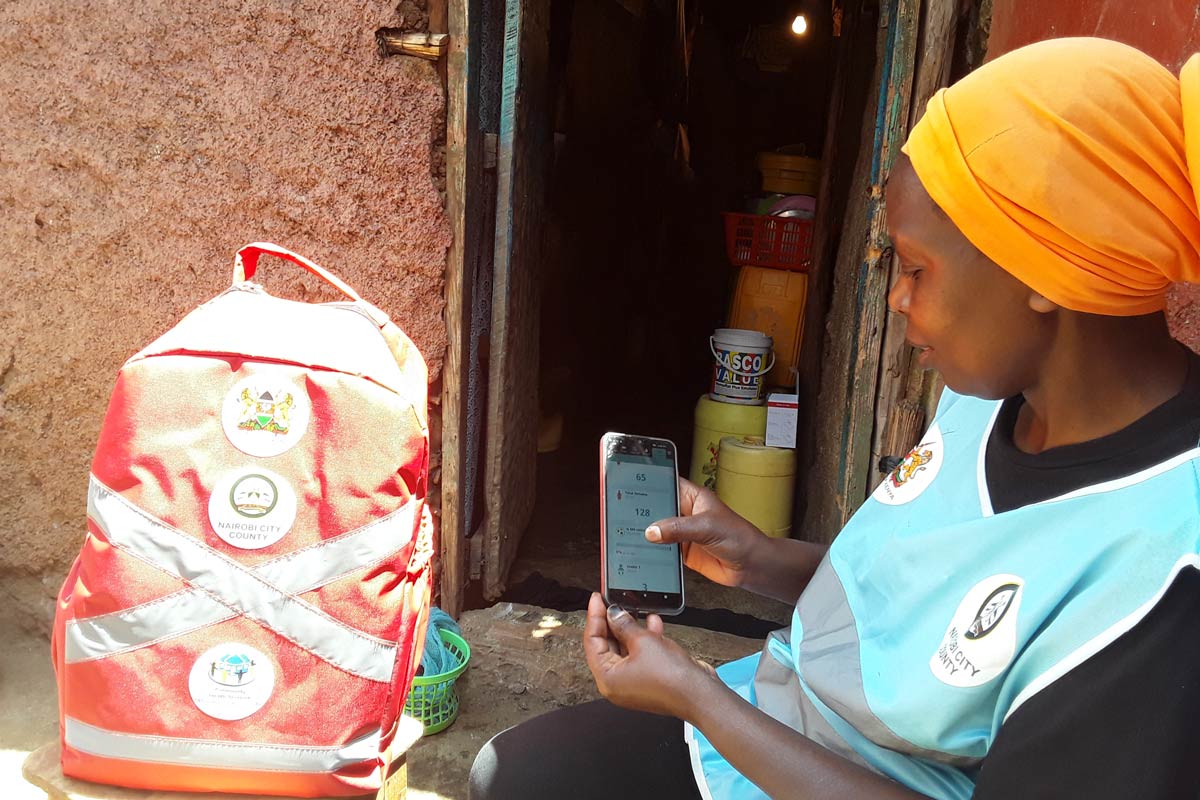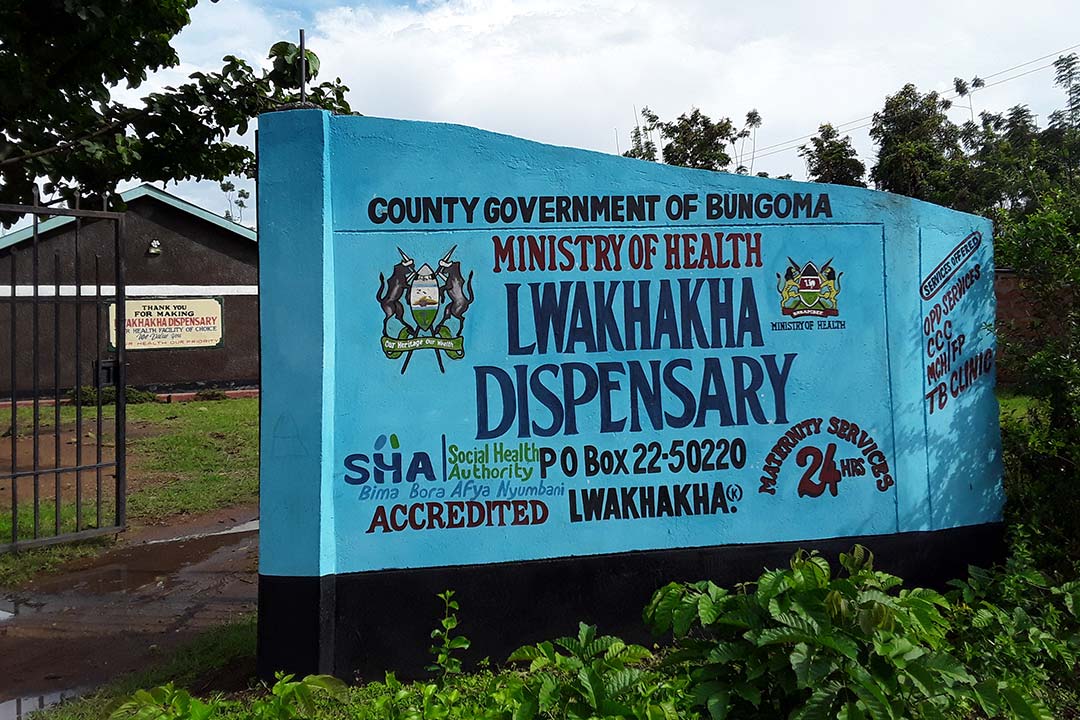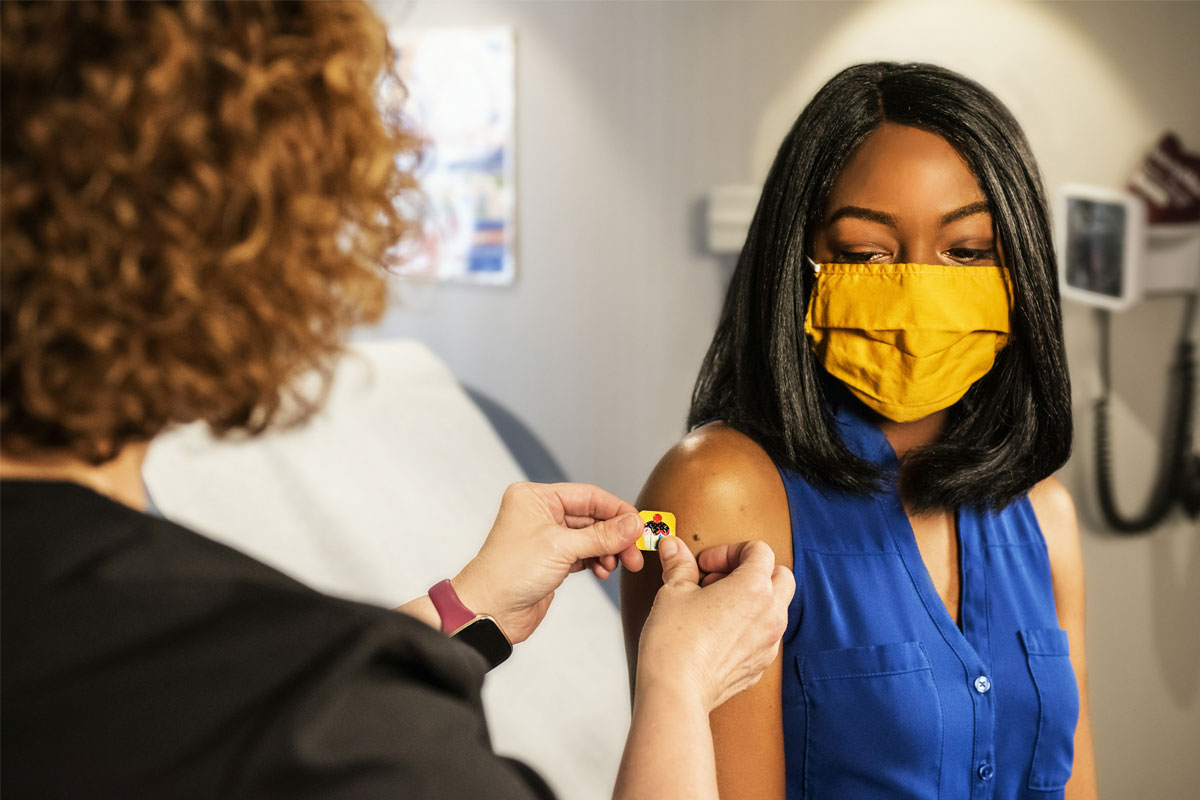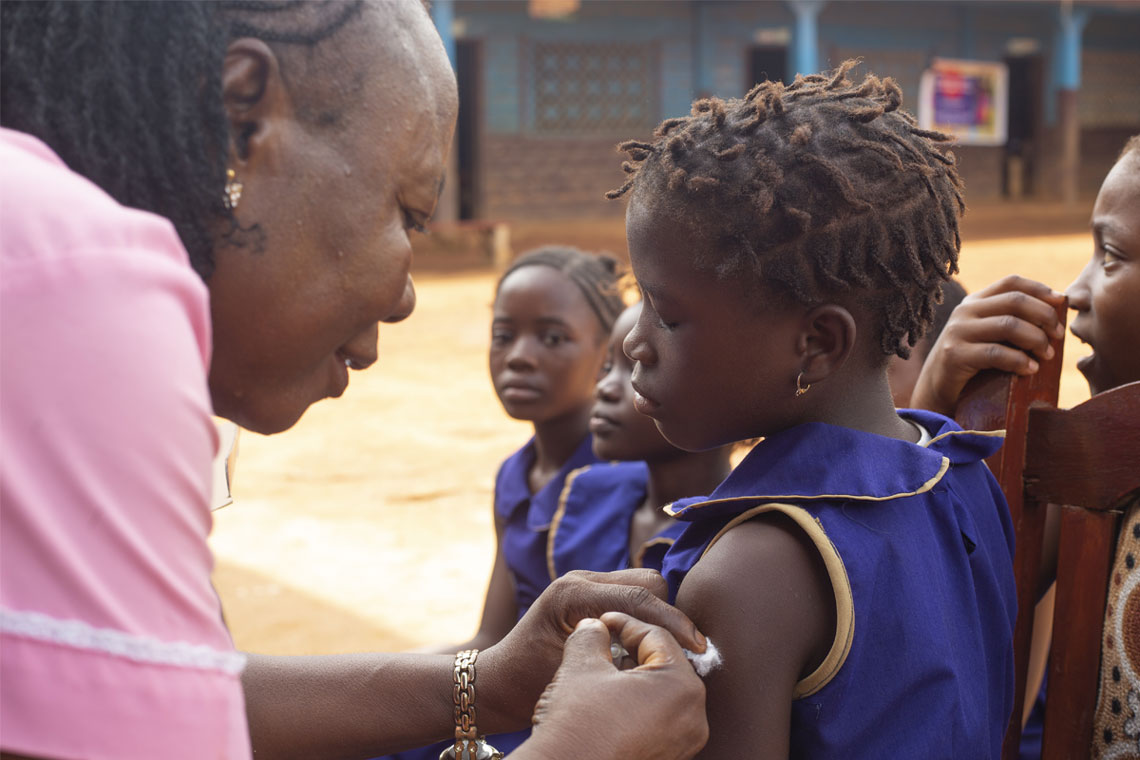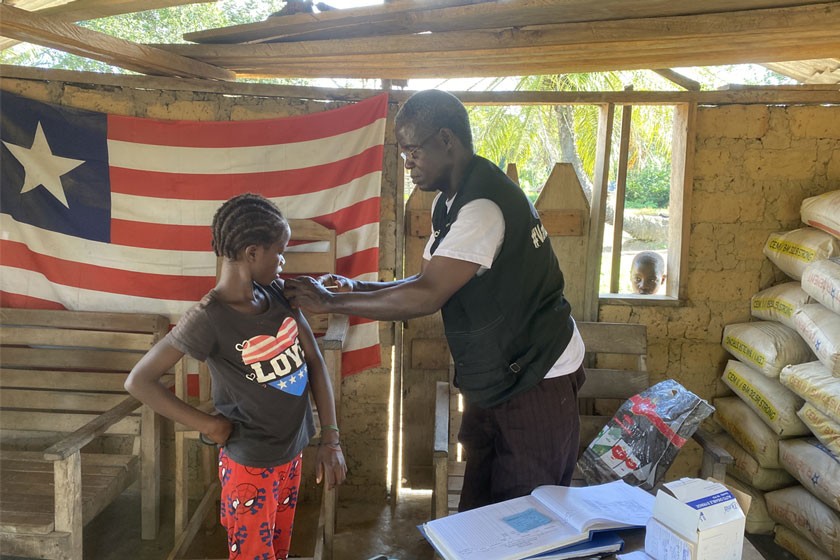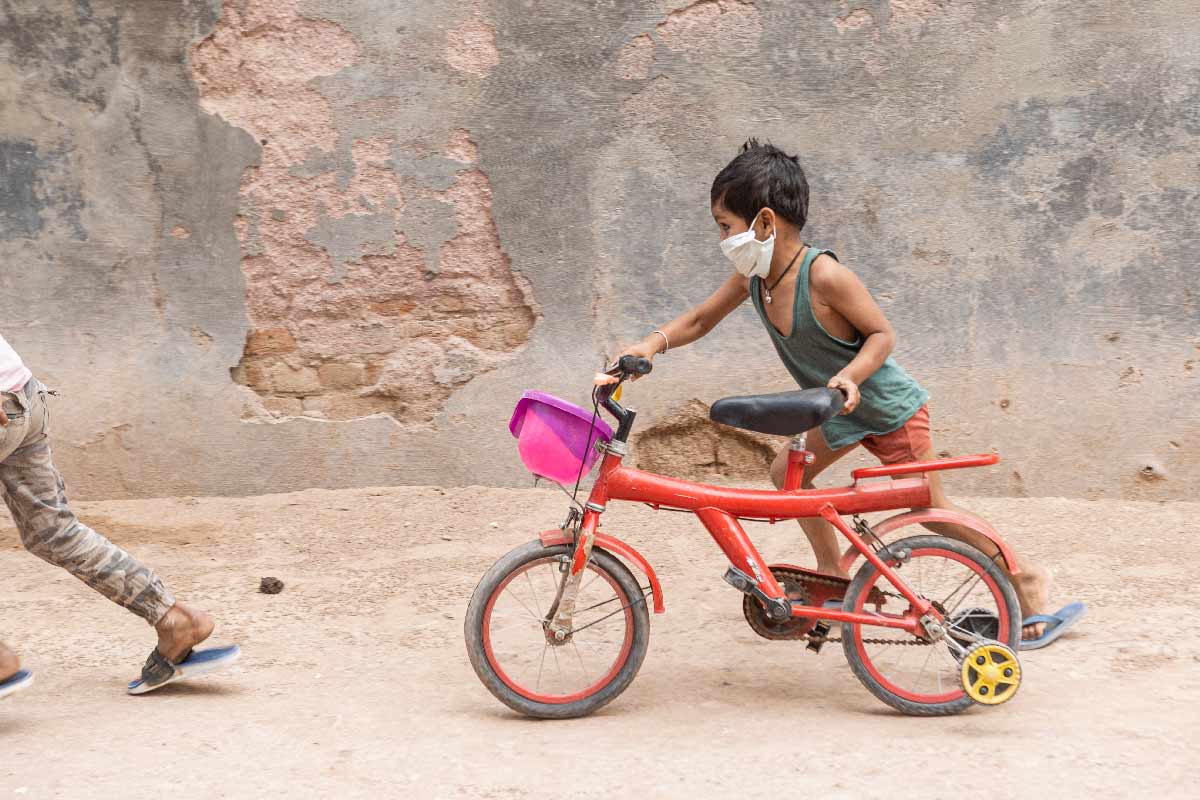Nearly 4 million vaccinated in bid to curb yellow fever risk in eastern Uganda
Health workers on the Uganda-Kenya border confirm they’re making progress, as the Ministry of Health says the mass vaccination campaign protected 92% of the eligible population.
- 12 May 2025
- 7 min read
- by Joyce Chimbi
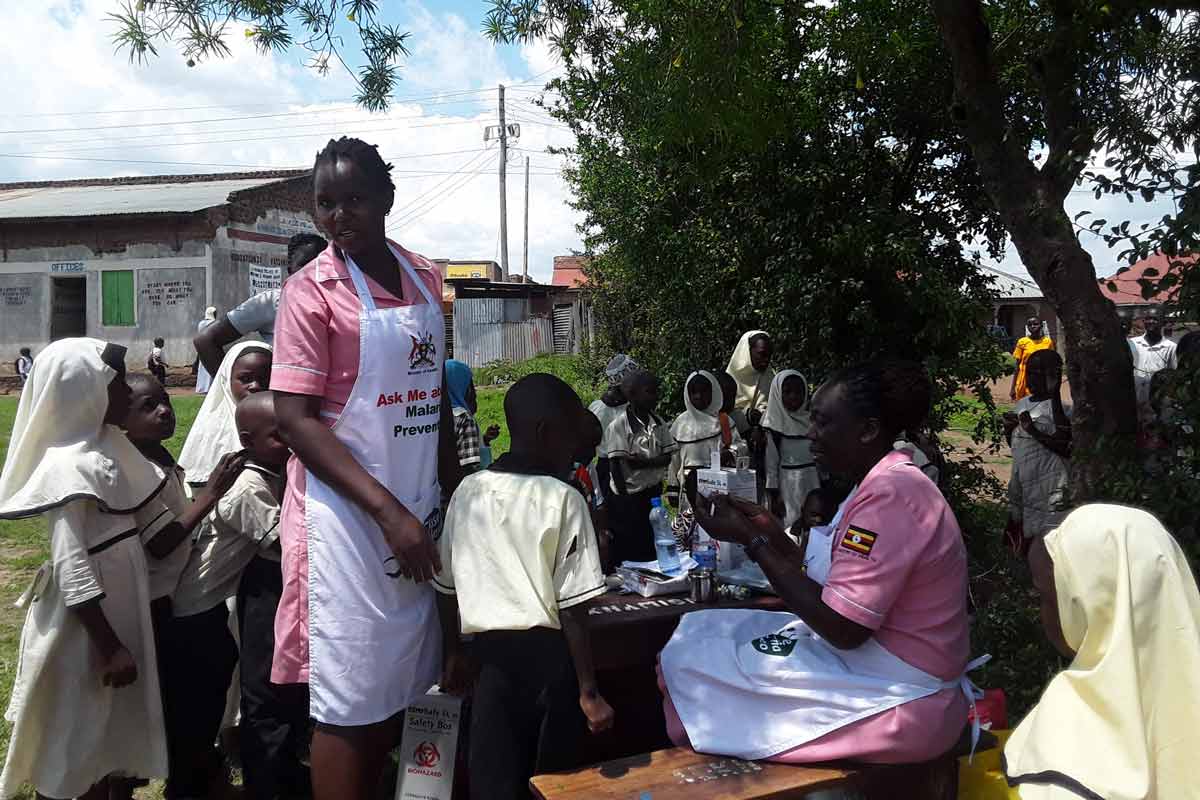
The youngest child was three years old and the oldest, 16. One by one, all 200 children at Al-Khamis Islamic Day primary and nursery school in the Ugandan border town of Malaba received their yellow fever jab as part of a large-scale yellow fever vaccination campaign in the eastern part of Uganda that began in mid-April.
School headteacher Yusuf Matovu said it was telling that while the school has no gate or proper fence, none of the children had sneaked out in fear. “They might not all fully understand why, but they know this is important because they received vaccination counselling. None of the parents or guardians raised any concerns.”
Angela Betty, a nurse at Malaba Health Centre IV, says the vaccination campaign was generally met with curiosity and excitement “for not since the COVID-19 days have syringes and vaccines moved within the community in this way. They see polio [vaccines, given orally] often but rarely any vaccine that requires an injection, as those ones are given in health facilities.”
The community was likely also aware that yellow fever infection is not to be trifled with. Uganda is located in the so-called African yellow fever belt, a region prone to outbreaks of the dangerous viral disease. Transmitted through the bite of infected Aedes mosquitoes, yellow fever causes symptoms including high fever, yellow skin or eyes, bleeding, shock and organ failure. Among those who develop severe disease, 30–60% die. And now, again, yellow fever was threatening to spread: six cases had been confirmed in Uganda’s eastern region at the tail-end of March.
Yellow fever can spread quickly, with past epidemics seeing case numbers doubling every five to seven days. But as Jeffrey Lubega, a truck driver, knows, outbreaks take a toll even on people who don’t contract the disease. Lubega ferries goods between Kenya’s Mombasa port city and landlocked Uganda, a route that takes him across the border at Malaba. Disease outbreaks, which slow or even shut down the border crossing, are bad for business, he says. In 2016, he was in central Uganda’s Masaka district during the yellow fever outbreak that claimed ten lives; he found himself on the scene again during the 2022 outbreak.
“Since COVID-19, it has been one outbreak after another. Sometimes we cannot cross the border until screening has been completed and it can take many days, which is money down the drain. I was quarantined during COVID-19, at my own cost. I received the yellow fever vaccine as I waited for my truck to clear. For me, it was a health and business decision,” he says.
Vaccines to the rescue
Alowo Sophie, a nurse at Malaba Health Centre IV, confirms that the recent campaign targeted a massive 4.3 million people aged 9 months to 60 years in 19 districts across the eastern region, a roll-out she and other health workers hoped would stop the incipient epidemic in its tracks. Conducting such a large-scale immunisation exercise is never easy; carrying it out in April was particularly ambitious as it coincided with Uganda’s introductory malaria vaccine roll-out, targeting a record-breaking cohort of 1.1 million babies and toddlers nationwide.
But community support was ready at hand – and in mid-May, Uganda’s health establishment reported that a staggering 92% of the eligible population had received a vaccine during the campaign.
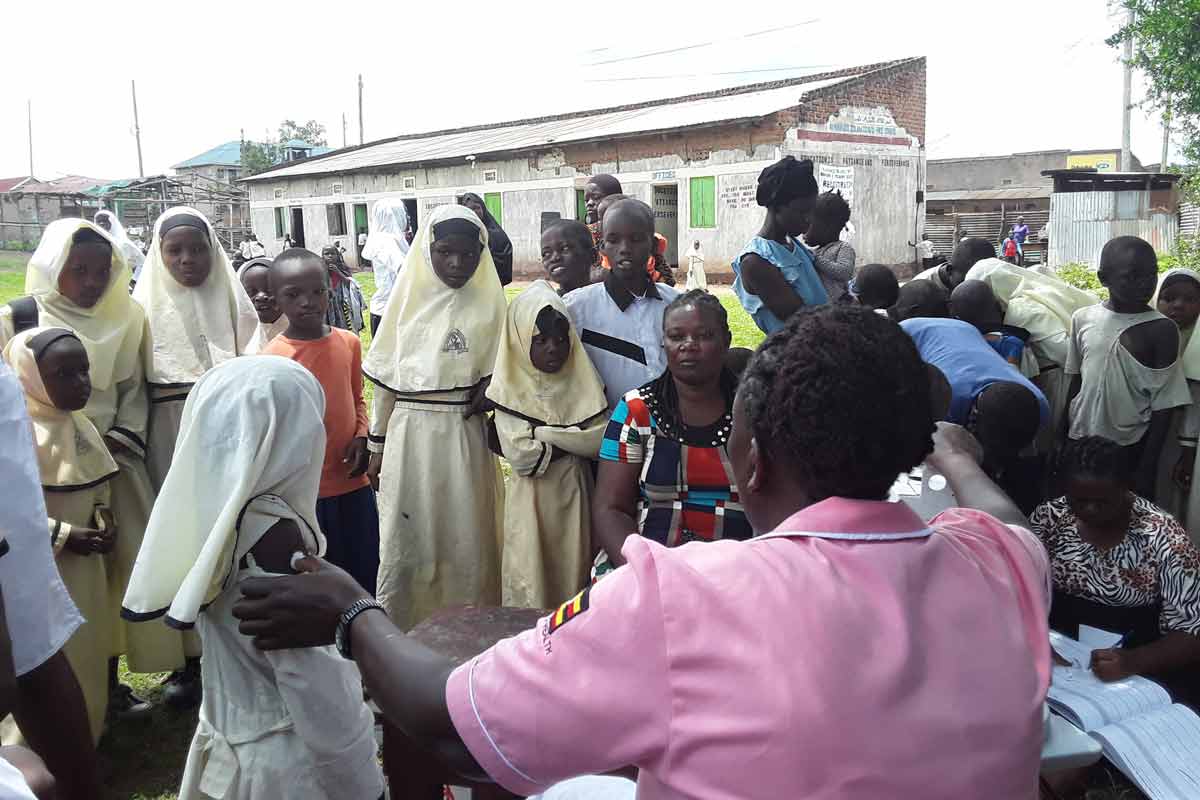
Betty explains that the vaccination campaign was supported by many teams, who spread out in villages and provided vaccines in schools, churches, health facilities and in busy and crowded places such as town centres.
Melissa Nafuna, a nursery school teacher in Tororo town, eastern region of Uganda, says: “Vaccinations carried out through the church are not likely to face any resistance. But also, many of us know someone who died of COVID-19, so people are welcoming vaccination in the community to save themselves. There is fear of these outbreaks and a better understanding of vaccines since the pandemic.”
Alowo says only pregnant and breastfeeding women, people with sickle cell disease and those that are allergic to eggs were excluded from vaccination. People with sickle cell are at times excluded due to a lack of definitive data on the safety and effectiveness of the vaccine in this population.
Similarly, she says there are health concerns about people with egg allergy receiving the yellow fever vaccine, because the vaccine is manufactured in chicken embryos. This means the vaccine may contain traces of chicken egg proteins, which can trigger allergic reactions in people with egg allergies. All the same, research shows yellow fever vaccine can be safely administered as a single dose in children with a confirmed or suspected egg allergy.
Shoring up population immunity
Despite yellow fever being vaccine-preventable, health workers in the region underscore just how impactful the disease has been on their work and on community lives. Between January 2012 and July 2022, a total of 5,437 suspected yellow fever cases and 24 confirmed cases were reported in Uganda. There has been at least one outbreak annually since.
Alowo says, “We are especially concerned because people could confuse yellow fever symptoms with those of malaria, and we could lose people before the right diagnosis is made.”
Uganda is endemic for both malaria and yellow fever and both are transmitted through mosquitoes. Both cause fever and flu-like symptoms, encouraging people to “rush to the hospital at the slightest feeling of fever or flu,” says Alowo – in other words, risking overloading the healthcare system. She advises a better way: “Let us all go for the jab as it still available in health facilities for free. This is about your health. It is a matter of life and death.”
The yellow fever vaccine was introduced into Uganda’s routine immunisation schedule in October 2022, meaning in theory, all babies should receive the vaccine as a matter of course. In most cases, a single dose of the vaccine provides life-long protection. But national vaccine coverage has remained low, at 39%. Preventive vaccination campaigns like April’s have been deployed to boost coverage and tamp down epidemic risk – similar drives, all Gavi-supported, were conducted in 2023 and 2024.
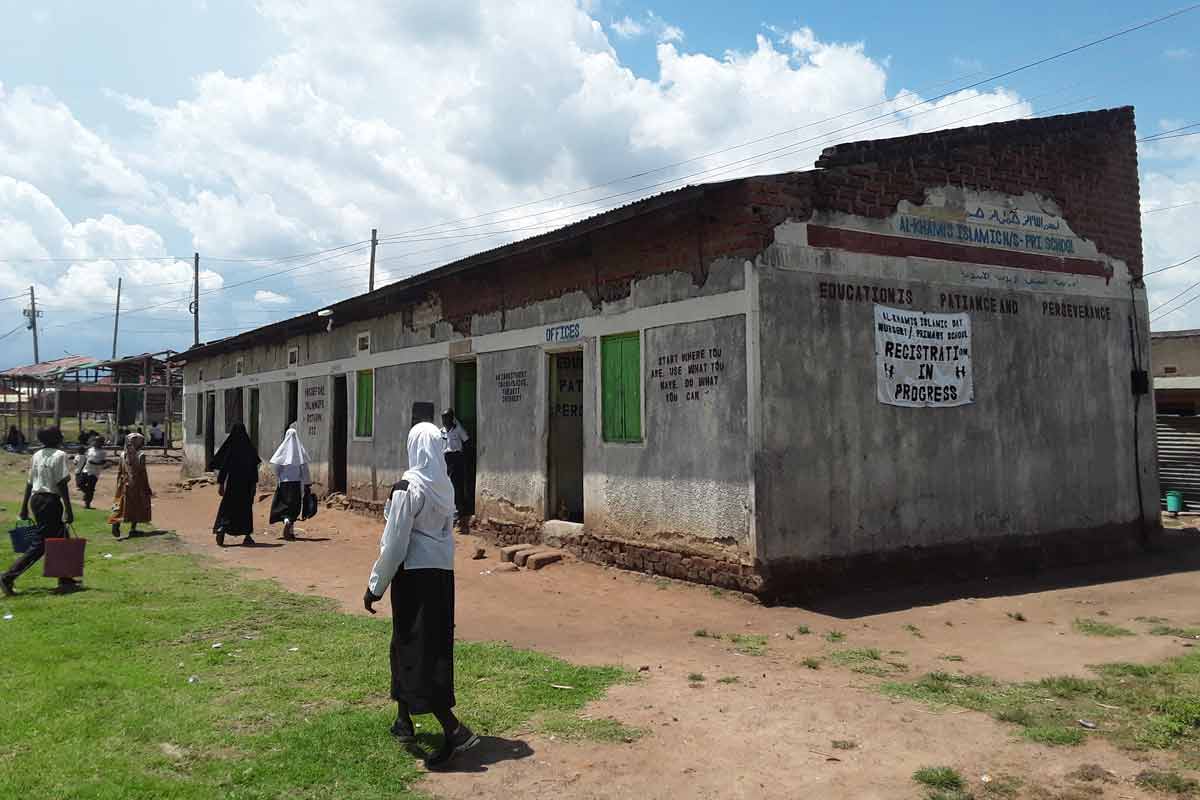
Border patrol
Uganda is no island, meaning the risk of exposure can flow across its frontiers, making individual-level immunity even more vital. In March 2022, Uganda’s eastern neighbour, Kenya, whose yellow fever vaccine coverage rates hover at only 6%, declared a yellow fever outbreak. There were 53 reported cases and six deaths in the affected county.
Malaba border town, situated between Tororo, Uganda to the east and Busia, Kenya to the south, is a critical gateway into East and Central Africa.
The border is long, and porous: a challenge for the public health system. Officials at Uganda’s Malaba Town Council say there are approximately 63 crossing points into the country in Kenya’s Busia County, and only three of them are gazetted or official. Kenya’s Bungoma County has one official border point into Uganda, and at least 20 unmarked crossings.
Estimates show 22,970 individuals cross between Uganda and Kenya per day. Nearly 76% of these use unofficial points of entry, moving in and out undetected. Approximately 750 to 1,000 trucks cross the border daily. Asenath Nasiche, a nurse in Pallisa district, Uganda’s eastern region, says this level of movement calls for robust disease surveillance, prevention and response.
Have you read?
Getting through
Nasiche says that despite the challenges, the public health system is making progress against yellow fever. “The campaign gave us some new insights. We are getting past vaccine hesitancy, and myths and misinformation that yellow fever is caused by witchcraft especially due to the yellowing of the skin and eye,” she says. “Our Village Health Teams have consistently educated the community and people are now more and more receptive to vaccines. As climate change increases disease outbreaks and population movement carries these diseases across villages and borders, we will increasingly need to boost our vaccination levels, and this we are doing.”
Overall, since the beginning of 2023, and as of 25 February 2024, a total of 13 countries in the WHO African Region have documented probable and confirmed cases of yellow fever, namely Burkina Faso, Cameroon, the Central African Republic, Chad, Republic of the Congo, Côte d’Ivoire, the Democratic Republic of the Congo, Guinea, Niger, Nigeria, South Sudan, Togo and Uganda.
